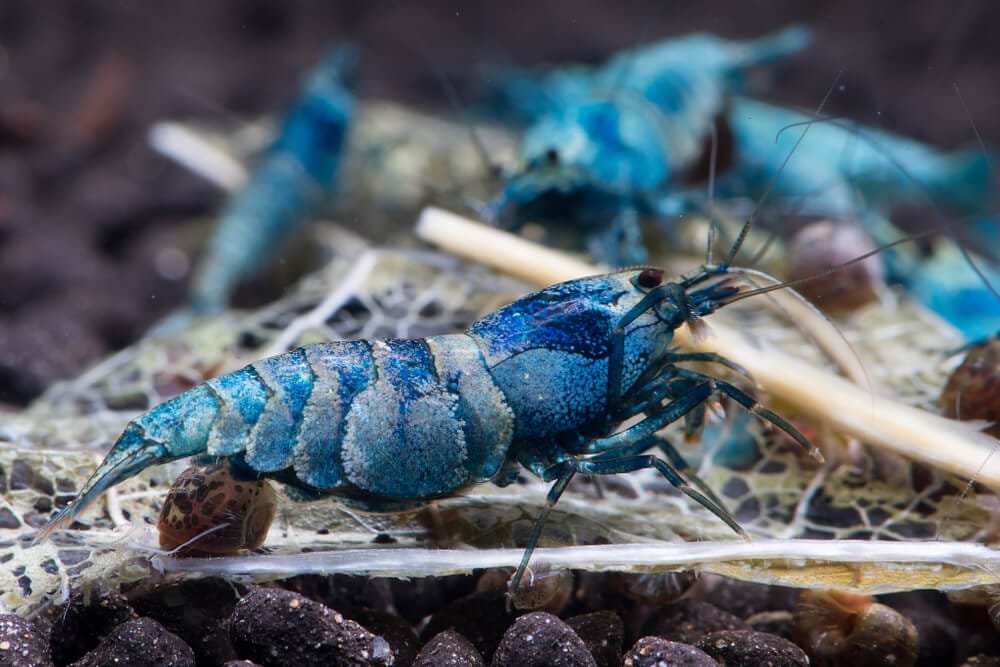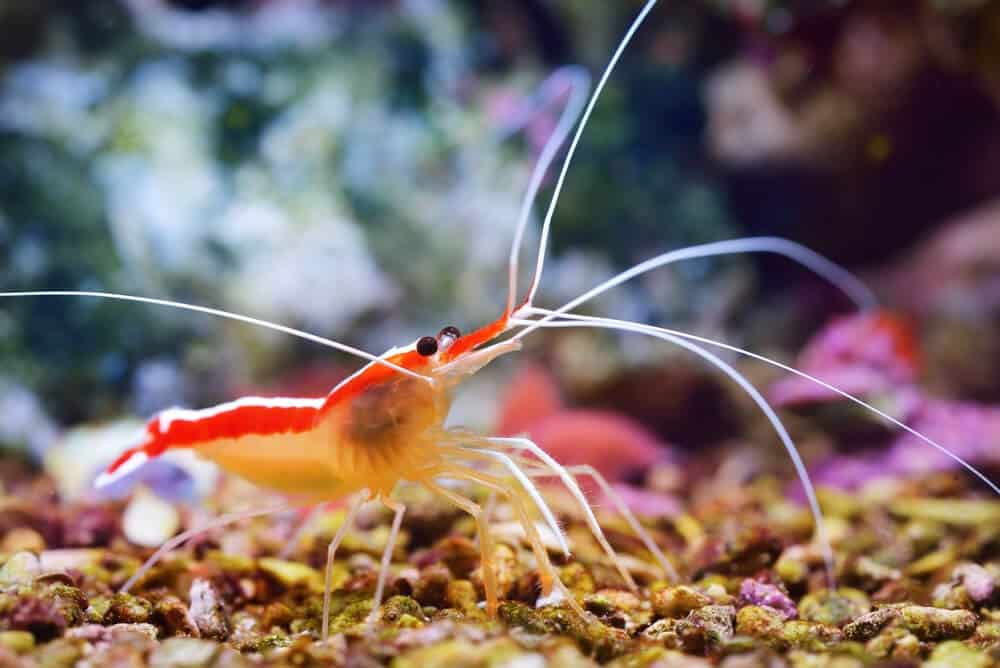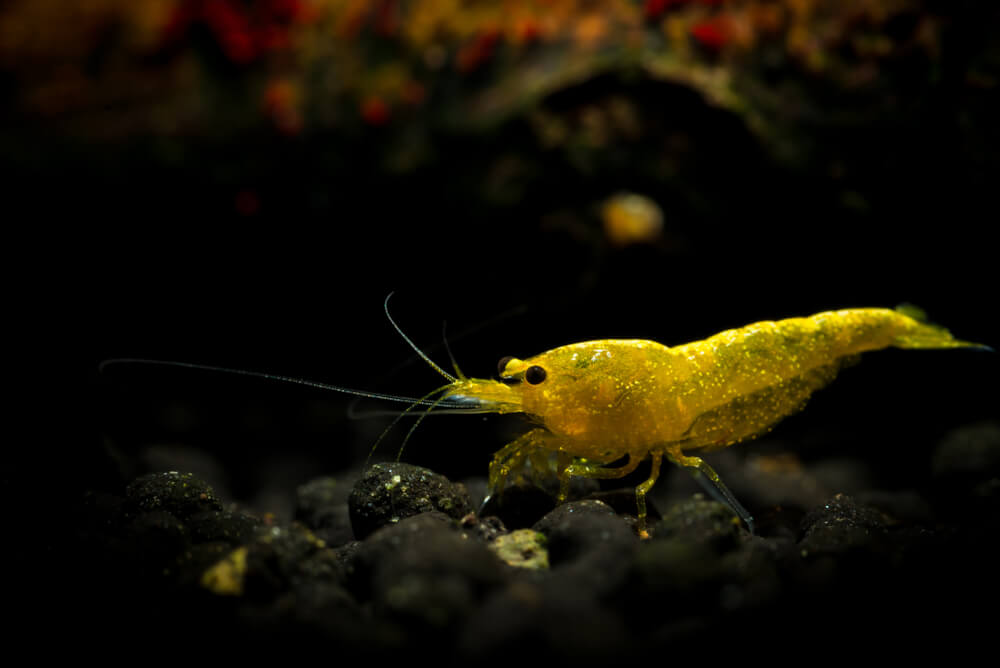Imagine a tiny and vibrant creature that effortlessly captures your attention with its striking blue coloration. Introducing the Blue Bolt Shrimp, a captivating marine species that is quickly gaining popularity among aquarium enthusiasts. With its unique and mesmerizing appearance, this article will take you on a journey to discover the fascinating world of Blue Bolt Shrimp, exploring their habitats, behaviors, and the secrets behind their stunning blue hue. Get ready to be captivated by the charm and beauty of these enchanting creatures in the underwater realm. Blue Bolt Shrimp are a stunning freshwater crustacean that make a great addition to any aquarium. With their vibrant blue hue and distinctive patterns, these shrimp are sure to catch the eye of any aquarium enthusiast. In this article, we will explore the appearance, habitat, tank requirements, feeding, tankmates, breeding, and care and maintenance of Blue Bolt Shrimp.
Appearance
Blue Bolt Shrimp have a unique and striking appearance that sets them apart from other shrimp species. They have a slender, elongated body with segmented legs and a segmented tail. The body of the Blue Bolt Shrimp is primarily blue, with varying shades and patterns. Some individuals may have blue or white stripes or spots, while others may exhibit a solid blue coloration. The intensity of the blue color can vary depending on the shrimp’s mood and overall health.
Habitat
Native Range
Blue Bolt Shrimp are native to the freshwater rivers and streams of Southeast Asia. They can be found in countries such as Taiwan, Japan, and Korea. These shrimp thrive in cool, well-oxygenated waters with plenty of hiding places and vegetation.
Aquarium Conditions
To recreate their natural habitat, it is important to provide Blue Bolt Shrimp with specific aquarium conditions. They prefer slightly acidic water with a pH range of 6.5 to 7.5. The water temperature should be maintained between 70 to 78 degrees Fahrenheit. Additionally, Blue Bolt Shrimp require a moderate water hardness level of 4 to 8 dKH.
Water Parameters
Temperature
Maintaining the correct water temperature is crucial for the health and wellbeing of Blue Bolt Shrimp. They thrive in temperatures ranging from 70 to 78 degrees Fahrenheit.
pH
Blue Bolt Shrimp prefer slightly acidic water conditions, with a pH range of 6.5 to 7.5. It is important to regularly monitor and adjust the pH levels to ensure the optimal health of the shrimp.
Water Hardness
These shrimp require a moderate water hardness level, with a range of 4 to 8 dKH. This can be achieved through the use of appropriate water conditioners and regular monitoring of water parameters.
Tank Requirements
Tank Size
Blue Bolt Shrimp are relatively small in size, reaching an approximate length of 1 to 1.5 inches. As such, they can be comfortably housed in tanks as small as 5 gallons. However, a larger tank is always preferable, as it provides more swimming and grazing space for the shrimp.
Substrate
A sandy or fine-grained substrate is ideal for Blue Bolt Shrimp, as it mimics their natural environment and allows them to sift through the substrate in search of food. Avoid using sharp or coarse substrates, as these can potentially harm the shrimp’s delicate exoskeleton.
Filtration
Proper filtration is essential for maintaining the water quality in your Blue Bolt Shrimp tank. A gentle flow filter or sponge filter is recommended to prevent the shrimp from being sucked into the filtration system. Additionally, regular water changes are important to remove any accumulated waste or toxins.
Decorations
To create a suitable environment for Blue Bolt Shrimp, consider adding live plants, driftwood, and rock formations to the aquarium. These decorations offer hiding places and grazing areas for the shrimp, as well as help maintain water quality by absorbing excess nutrients.
Feeding
Diet
Blue Bolt Shrimp are omnivorous and have a diverse diet. They will readily consume both plant matter and small invertebrates. In captivity, a varied diet consisting of high-quality commercial shrimp pellets, algae wafers, blanched vegetables (such as zucchini or spinach), and occasional live or frozen foods, such as brine shrimp or bloodworms, is recommended to meet their nutritional needs.
Feeding Schedule
To ensure the well-being of Blue Bolt Shrimp, it is best to feed them small amounts of food multiple times a day. Aim to provide enough food that can be consumed within a few hours, removing any excess to prevent water contamination.
Tankmates
Compatibility
When selecting tankmates for Blue Bolt Shrimp, it is important to consider their peaceful nature and delicate size. Avoid keeping them with aggressive or larger species that may pose a threat to the shrimp. Suitable tankmates include small peaceful fish such as tetras, rasboras, or guppies. Additionally, certain snail species, such as Nerite or Mystery snails, can coexist peacefully with Blue Bolt Shrimp.
Breeding
Conditions for Breeding
Providing the right conditions is essential for successful breeding of Blue Bolt Shrimp. A dedicated breeding tank is recommended, with separate water parameters specifically tailored to trigger breeding behavior. It is important to maintain pristine water quality and offer plenty of hiding places for the shrimp.
Breeding Process
Breeding Blue Bolt Shrimp can be challenging but rewarding. After successful mating, the female will produce eggs, which she will carry underneath her abdomen. The eggs will hatch after approximately 3 to 4 weeks, releasing tiny shrimp larvae into the aquarium. It is important to provide ample hiding places and a separate nursery tank to ensure the survival of the young shrimp.
Care and Maintenance
Water Quality
Maintaining excellent water quality is crucial for the overall health and longevity of Blue Bolt Shrimp. Regular water testing, partial water changes, and removal of any uneaten food or waste are essential to prevent the buildup of harmful toxins.
Feeding
Consistently providing a diverse and balanced diet is essential for the optimal health of Blue Bolt Shrimp. Ensure that they are receiving enough food and remove any uneaten portions to prevent water contamination.
Tank Cleaning
Regular tank maintenance, including gravel vacuuming, cleaning of filter media, and algae removal, is necessary to keep the aquarium environment clean and free of excess nutrients. Avoid using chemical treatments or medications that may harm the shrimp.
Conclusion
Blue Bolt Shrimp are a visually striking addition to any freshwater aquarium. Their vibrant blue coloration and active nature make them a fascinating species to observe and care for. By providing the appropriate habitat, water parameters, diet, and tankmates, you can ensure the health and wellbeing of these remarkable shrimp. With proper care and maintenance, Blue Bolt Shrimp can thrive and bring joy to any aquarium hobbyist.







